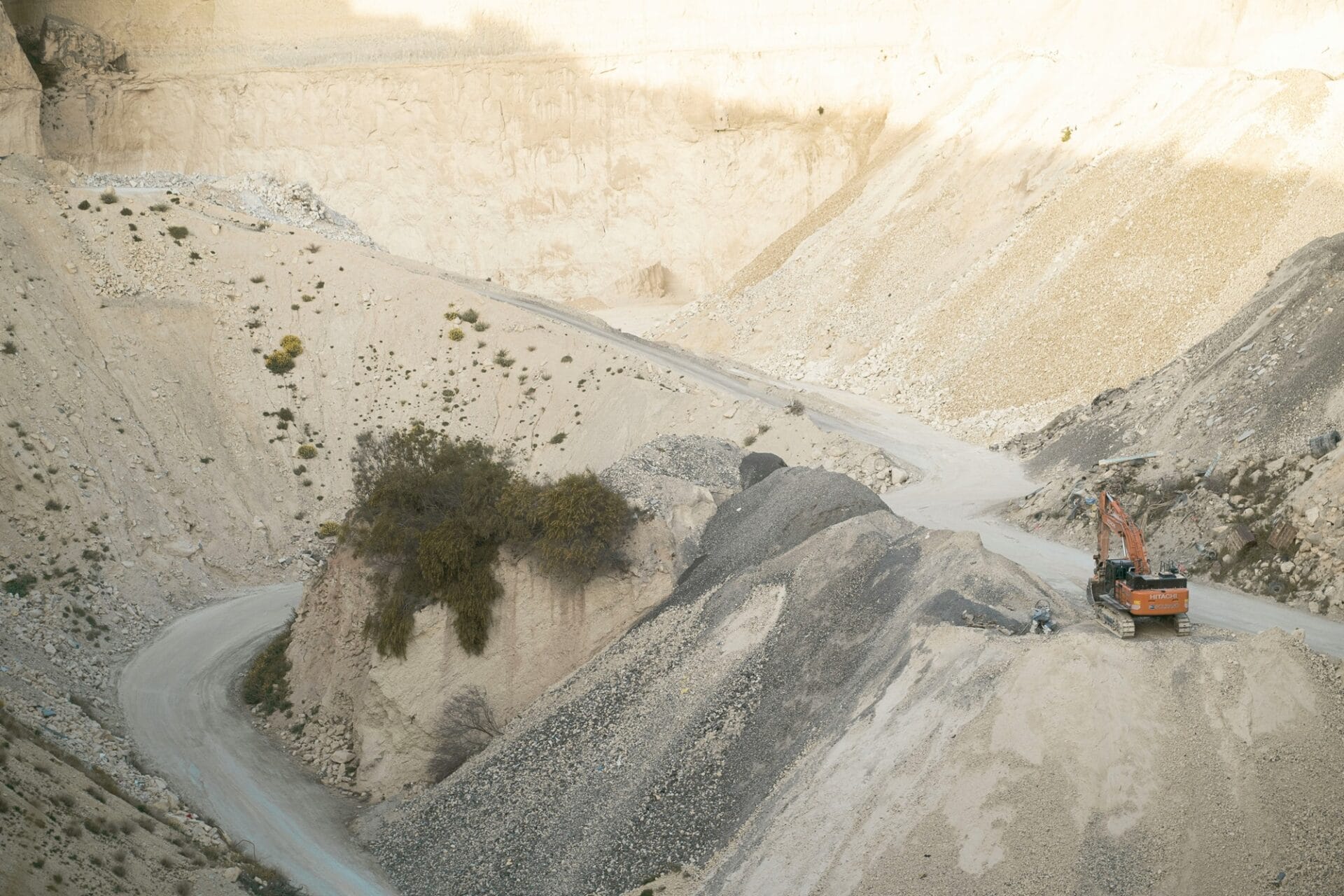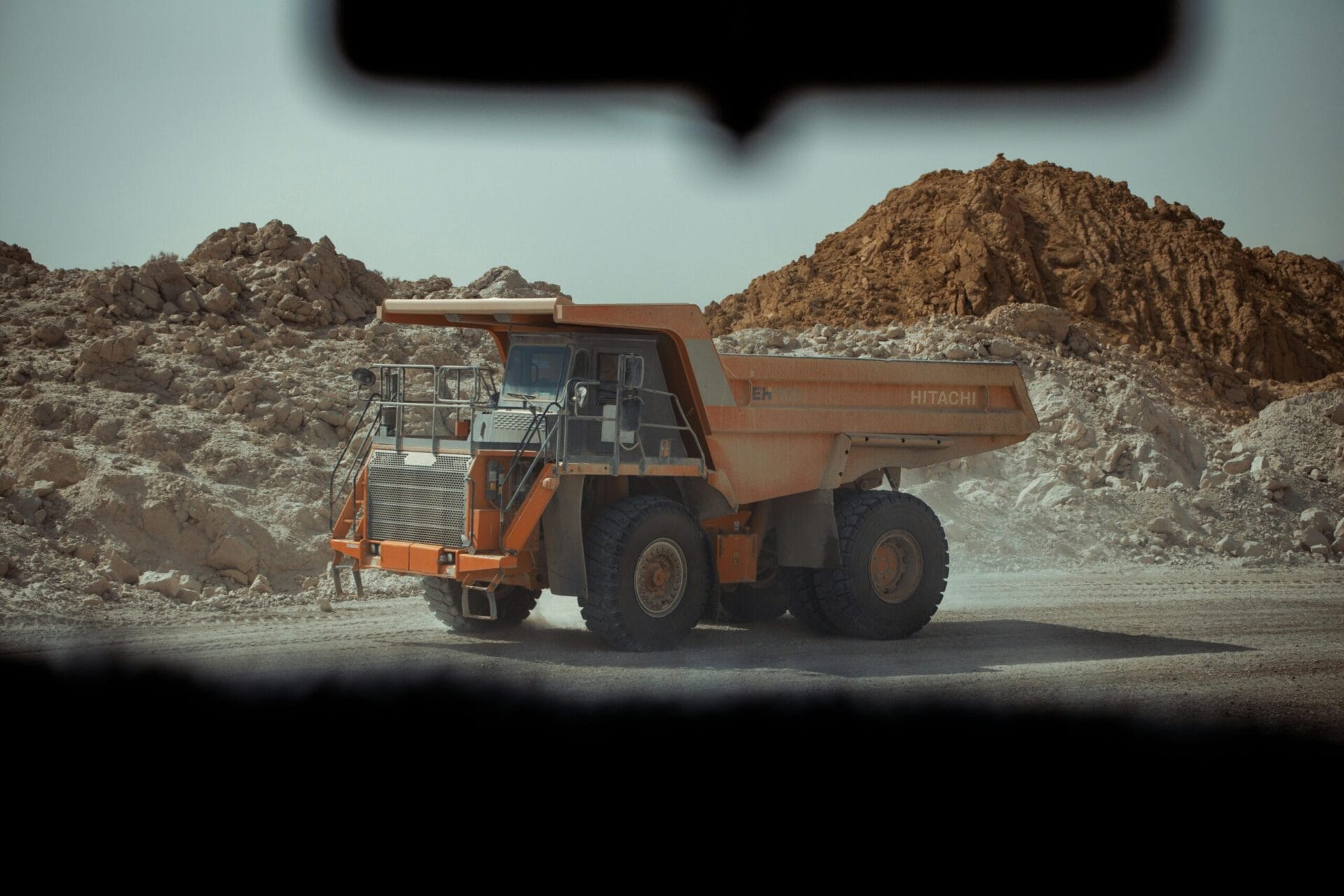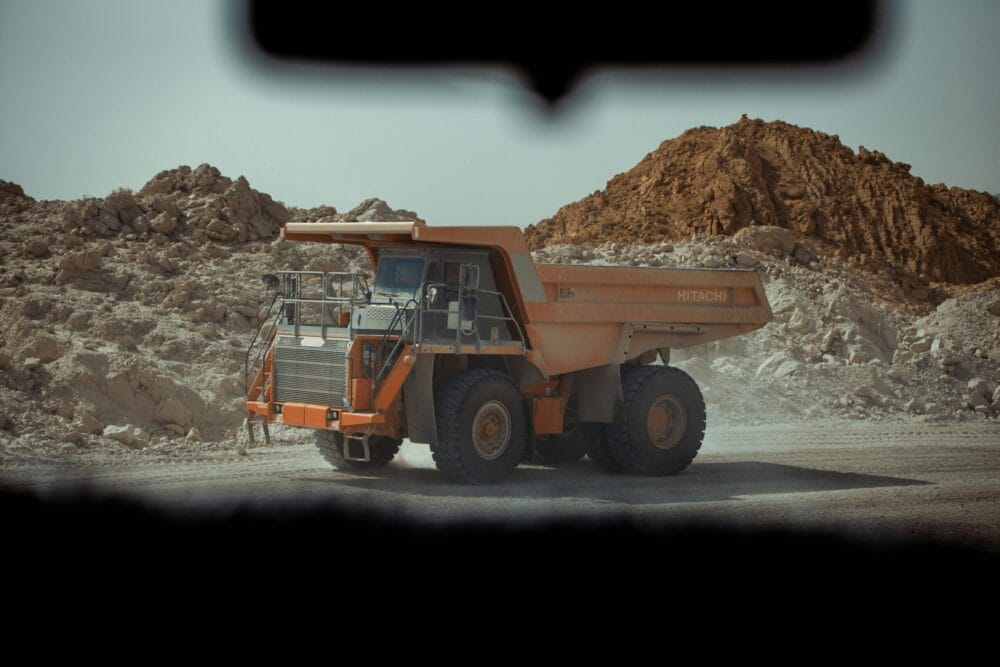~ Seeing past the dust ~
Since transport accounts for 40 per cent of all quarry accidents and 60 per cent of all deaths, the introduction of autonomous vehicles (AVs) in quarries has the potential to significantly improve safety. However, one of the major challenges is designing AVs that can navigate in dusty environments. Here, Tom Cash, director of automation parts supplier, Foxmere, explains why improvements in sensor technology in autonomous driving can tackle the industry’s dust issue following the unveiling of the UK-first autonomous articulated dump truck (ADT).
A quarry in Devon has introduced the UK’s first ADT, marking a significant milestone for the minerals and aggregates industry.
The integration of advanced technologies like radar sensors, high-precision GPS, multi-channel communication systems and on-board processing hardware have created an Autonomous-Ready drive-by-wire option.
Drive-by-wire refers to electronic systems that replace or augment traditional mechanical controls in vehicles. Instead of cables or hydraulics, it uses electronics to activate brakes, control steering and manage the engine, ensuring safe and resilient navigation across the quarry.
This comes at a time when the expectations and needs of the industry are changing. Improved efficiency and better safety, along with environmental considerations, are key priorities which require advanced sensor technology.

Vision beyond dust
Autonomous systems rely heavily on sensors. They are installed on several pieces of quarrying equipment for navigation, anti-collision and obstacle detection and stockpile measurement.
However, these vehicles still face the challenge of developing a system that can see through dust. Dust is created from various processes on quarry and mining sites while the materials are being sourced, crushed, screened, transported and stored.
Today’s Advanced Driver Assistance Systems (ADAS) and autonomous vehicles AVs usually employ radar sensors as fallback sensing technology for visible cameras. Visible cameras, also known as a vision camera or RGB camera, is a type of sensor that captures images within the visible spectrum of light.
These function similarly to the human eye, detecting and recording visual information in the form of colour images. However, just like the human eye, they struggle with visibility in dusty environments due to reflected light off the dust particles in the air.
That’s why these vehicles use radar sensors alongside visible cameras as an additional layer of sensing technology.
Radar sensors emit radio waves, which reflect off objects in the environment and return to the sensor to detect the presence, distance, speed and direction of objects in their vicinity.
By analysing the reflected signals, these sensors can operate effectively in situations where visibility is limited. By determining various characteristics of the objects, such as their distance from the sensor, speed of movement and size, radar sensors provide the necessary data to maintain safety and navigation.

Sensor advancement
Thermal cameras, which detect heat rather than light, enhance vehicle safety by providing reliable vision in various conditions, including dusty environments. These cameras, which are currently found in some luxury vehicles, are increasingly being integrated into the sensor systems of AVs.
Unlike visible cameras that struggle in dust due to light reflection, thermal cameras can “see” equally well in both daylight and complete darkness. They use sensors to detect and measure infrared radiation emitted by objects in their field of view.
The sensor used in thermal cameras is typically a microbolometer, which is sensitive to infrared radiation. When infrared radiation from objects falls onto the microbolometer, it generates an electrical signal that is then processed by the camera’s CPU to create a thermal image, which represents the temperature variations across the scene.
By detecting the heat emitted by objects, thermal cameras can effectively see past the dust and provide clear images for navigation and obstacle detection. These advancements in sensor technology are helping the industry’s quest for safe and efficient operation across the dustiest of quarries.
In support of this pursuit, suppliers of sensor technology are crucial. One such supplier is Foxmere, an automation parts supplier that can aid the integration of advanced sensor technologies, like thermal cameras and radar sensors, to help autonomous vehicles see past the dust issue in quarrying environments.
If you would like assistance finding the right automation part for you, then please get in touch via the Foxmere website.








